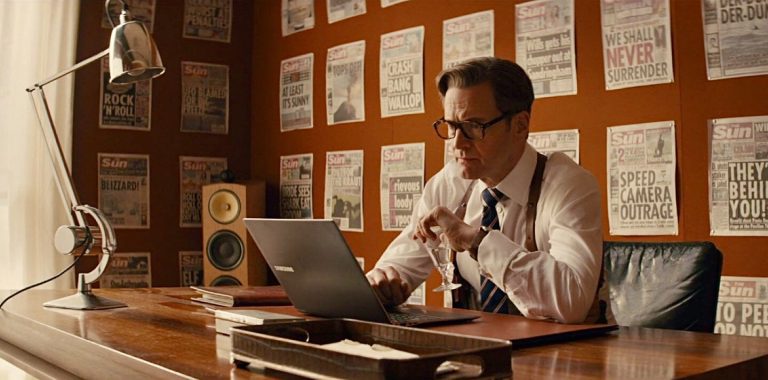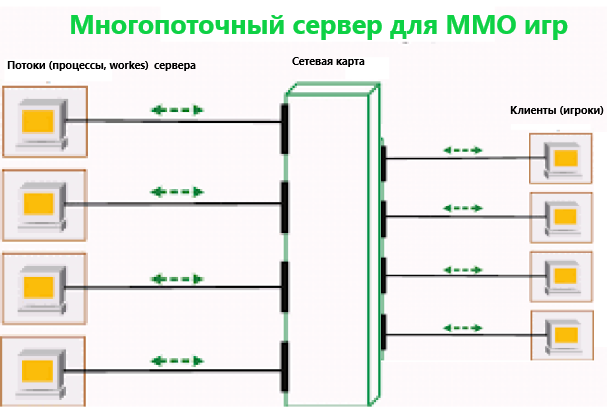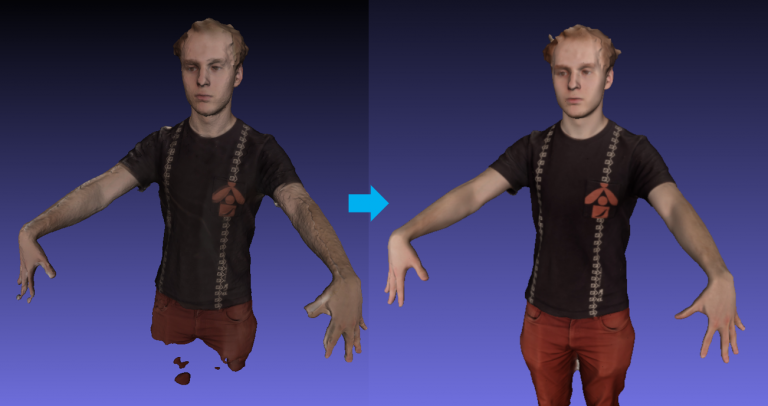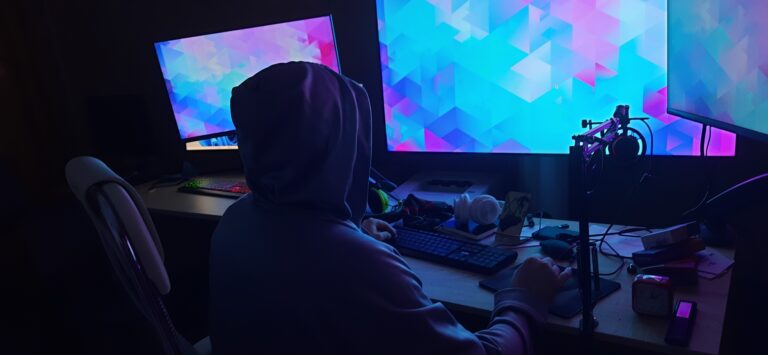Social networks rule you, but there are ways to fight back
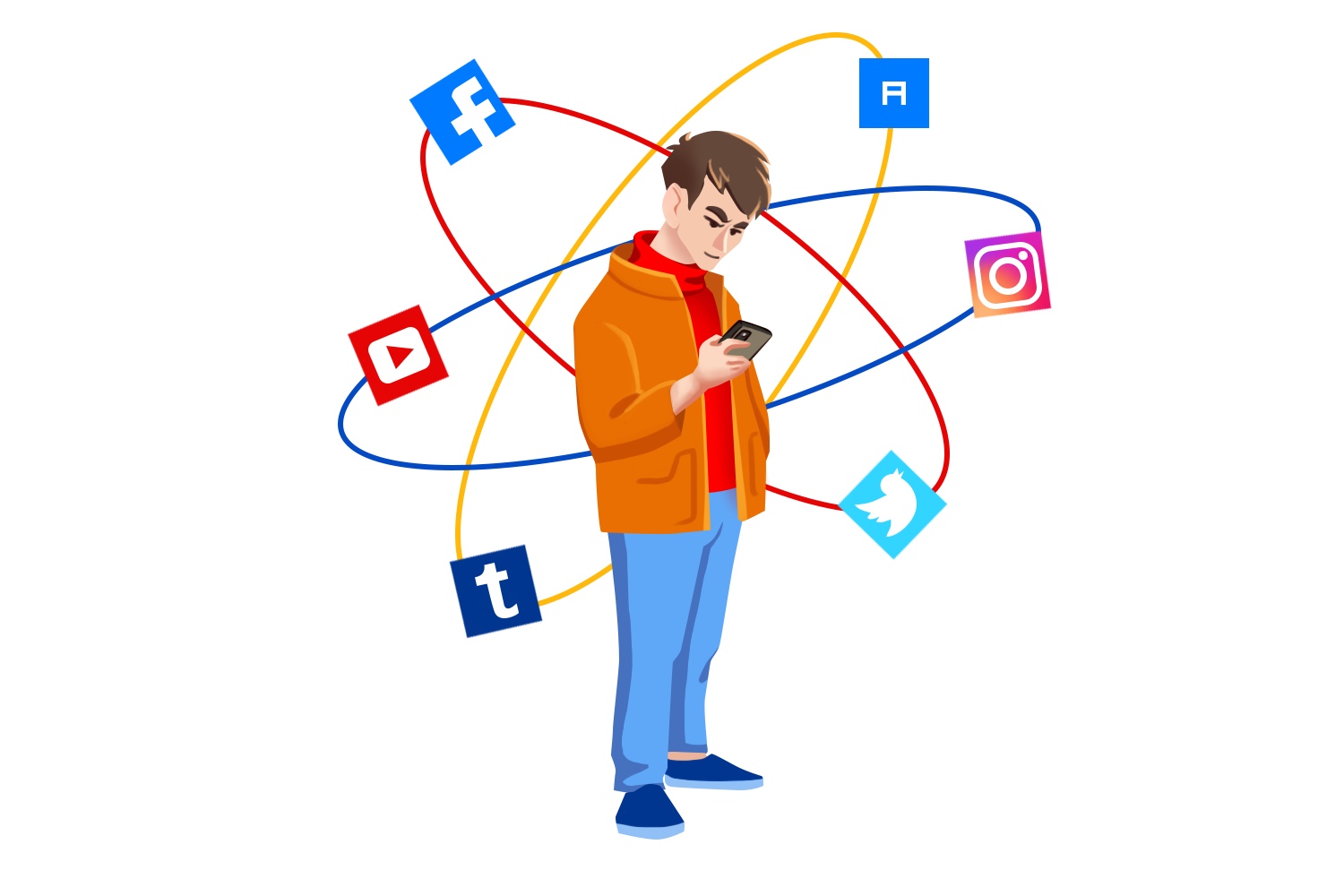
Lessons from Netflix’s The Social Dilemma.
Social media makes you a different person. They change what you do, change the way you think, and ultimately change you. And, it seems, this is a little scarier than the well-known and long-debated issue of protecting confidential data.
The Netflix documentary The Social Dilemma shows that the social media problem is actually much deeper than it might seem. Through interviews with the engineers who helped create them, we are made clear that the addictive characteristics of social media are being scrutinized and successfully applied to get us to spend even more time on platforms. How? It’s simple: the algorithms used in social networks are able to create our ideal psychological portraits and gradually change us in their own interests.
As Edward Tufte says in The Social Dilemma, “There are only two industries that call their customers ‘users’: drug dealing and software development.” Social platforms offer their services for free, so we think that the product they are selling is our focus, and “if the service is free, then you are the product”. However, this is not the end of it.
It is a gradual, subtle, subtle change in your own behavior and perception. This is the only thing they can make money from: changing what you do, how you think, changing your personality.
– “Social Dilemma”
So, actually, what’s the problem?
The “Social Dilemma” identifies three major concerns.
Mental health
A study in which 5,000 people participated, showed that the more often people use social networks, the worse they assess their own physical and mental health and the lower their satisfaction with life.
– American Journal of Epidemiology, 2017
Most of the engineers who work for renowned tech giants have taken university courses where they learned to use the fundamentals of human psychology to manipulate us to achieve their own goals. Social networks successfully play on the deepest manifestations of human nature, no matter how we try to resist it. “They seduce you. They are manipulating you. They want a lot from you, ”says Tristan Harris, a former Google design ethicist and co-founder of the Center for Humane Technologies.
Tim Kendall, former CEO of Facebook and Pinterest, shares: “I think there’s a classic irony to this. All day I work on creating something that I will become a hostage myself. And at some moments I won’t be able to help myself. “
Psychological manipulation is of particular concern to members of the younger generations. Modern children are born in a technology-driven world that they simply have nothing to compare with.
“We have created a whole generation of people who grew up in an environment where the main goal of communication, the main goal of the whole culture, is manipulation,” says writer Jaron Lanier in the film.
The price we pay is high. All this has a huge impact on the mental health of children, leading to an increase in the number of suicides and manifestations of self-harm among adolescents.
Democracy
Countries with political disinformation campaigns on social media has doubled in the past two years
– “Social Dilemma”
An unexpected twist: social media is increasing the distance between people. Ideological distance. The film tells that the gap in the views of the supporters of the Republican and Democratic parties is increasing every year, and every year there is less and less space for mutual understanding and constructive dialogue.
This phenomenon is one of the symptoms of a disease that we all suffer from, and its dire consequences can be a threat to democracy. But this threat is not the result of “hacking” us by some ideological groups. These groups are simply using the tools at their disposal. A Harvard Business School professor points to a simple yet shocking truth about Russia’s influence on the 2016 US election: “The Russians didn’t hack Facebook. They used tools that Facebook specifically created for conscientious advertisers. ”
Discrimination
Algorithms promote content that provokes outrage, incites hatred and reinforces the bias that lives in the information we give them.
– “Social Dilemma”
Social media is destroying the concept of truth. Instead of living in a single world, each of us spends days in our own, specially created world without even realizing it. News feeds have a chilling effect – in them we reaffirm our own views of life over and over again, and this takes us away from reality.
“The ultimate goal of tech companies is to ‘define one-person audiences’ and extract as much data as possible about each user,” says Tristan Harris. “It sends each person down their own rabbit hole,” or as film director Jeff Orlowski says ): “2.7 billion Truman Show running at the same time.”
As a consequence, we see, for example, an intensification of the flat-earth movement. All thanks to the Youtube algorithm, which continues to throw people content that matches their vision of the world, even if it does not correspond to reality.
“The easiest way to think that this is acting on a few not very smart and easily suggested people,” warns Guillaume Chaslot, the engineer who created the Youtube algorithm, “but the algorithm is getting smarter and smarter every day. Today he will convince someone that the Earth is flat, and tomorrow he will be able to convince you of something. “
What you can do as a person
The first tip comes from the Social Dilemma site in the voice of Tim Kendall.
Analyze the time spent in front of the screen
Rate your level of digital activity: you will not be motivated to solve a problem if you do not have full awareness of it. This research shows that the average person spends about 4 hours in front of a phone screen every day. At the same time, answering the question about the length of stay in front of the screen, these same people will claim that they spent no more than half of this time there. You can control yourself by installing activity tracking applications (time trackers) on your phone, which will tell you how much time you spend in front of the phone and what applications you use. Two good options are StayFree and YourHour.
Disable notifications: they distract you, keep you constantly wanting to check them, and pull you towards the phone all day long. Of particular concern is the fact that the average user receives 63 notifications per day… This means that if you are awake for 16 hours, you will receive a notification every 15 minutes.
Set limits: use another useful function of time trackers, define for yourself daily limits on the use of specific applications, in particular, social networks and news resources. In addition, you can set for yourself temporary (for example, do not use the phone after 9 pm) or territorial (do not take the phone into the bedroom) restrictions.
Organize your news feeds
Social networks are constantly feeding us an incredible amount of information, fighting for our attention. Take some time and review the accounts you are tracking. Are they all still relevant to you?
Steve Bartlett, CEO of Social Chain, one of the largest social media promotion agencies, stresses the importance of feed hygiene: “Your feed is your library, and even if you don’t realize it, it controls what you you know, think or feel. Strive to become followers of those who educate, inspire and motivate. Refuse to read the tapes of negative, petty and demotivating people. “
Choose video on Youtube
One of the key recommendations voiced in The Social Dilemma is to gain control over the content we see. We must choose it. The easiest way to do this is to follow Jaron Lanier’s advice: stop clicking on the videos that Youtube offers you.
Check the facts
There is a study from the Massachusetts Institute of Technology (MIT) that shows that fake news spreads on Twitter 6 times faster than true news. The number of fake news in social media feeds is off the charts.
One of the first things future journalists are taught at universities: always double check, even if the source is your mom. Don’t trust your mom. And even more so, don’t trust the news feeds.
Share your movie with others
The film ends with the joke “Follow us on social networks. Joke”. But honestly, maybe you should still write a few words about Social Dilemma on your pages and tell your family and friends personally. Together we can take several steps towards a better world. Something like the one described in the next section.
What can we do as a society
Join the humane technology movement
This movement was created by Tristan Harris, Aza Raskin and Randy Fernando, who took part in the filming of Social Dilemma. It is dedicated to “creating the conditions for a radically reimagined digital infrastructure of the 21st century that supports human well-being, our relationships, democracy and a unified information environment.”
You can use their resources to stay tuned. In addition, you can listen to several thematic courses.
Fight political disinformation
Plugin Ad observer was created as part of the Online Political Transparency project at New York University. According to the project, “online advertising is usually seen only by the audience targeted by the advertiser, after which this ad disappears. This makes it difficult for public control over such advertising and bringing to justice advertisers, including political groups ”.
By installing this plugin into your browser, you will contribute to informing researchers, helping them expose micro-targeting practices, and holding political advertisers accountable.
conclusions
You should not take this information as a warning about the end of the world and completely disconnect from the network. What you really need to do is be vigilant, develop critical thinking, and start taking personal and collective action to reshape the social media landscape. Speak actively, don’t be a passive pawn that tech giants use as their product.
Technology and social media aren’t all that bad. They all also provide an opportunity to close the distance between people, connect them and spread messages that can help make the world a better place.
Justin Rosenstein, one of the developers of the Facebook like button, says in the film: “When we made the like button, our motivation was: ‘Can we spread positivity and love around the world?’ We didn’t think that teens would get depressed when they received few likes, or that this could lead to political polarization. ”
There is hope. But we need to stop being so indifferent to this whole situation. It is easier to think that you have absolutely no power to stand up to the tech giants. And if everyone thinks so, it will become true. But if we unite in this fight, then we have a chance. “We can demand that social media is designed with humanism in mind,” says Harris. “We created them, and we must take responsibility for making them change.”
About the translator
The article was translated by Alconost.
Alconost deals with localization of games applications and sites in 70 languages. Native native translators, linguistic testing, cloud platform with API, continuous localization, 24/7 project managers, any string resource formats.
We also do promotional and training videos – for sites selling, image, advertising, training, teasers, expanders, trailers for Google Play and the App Store.

